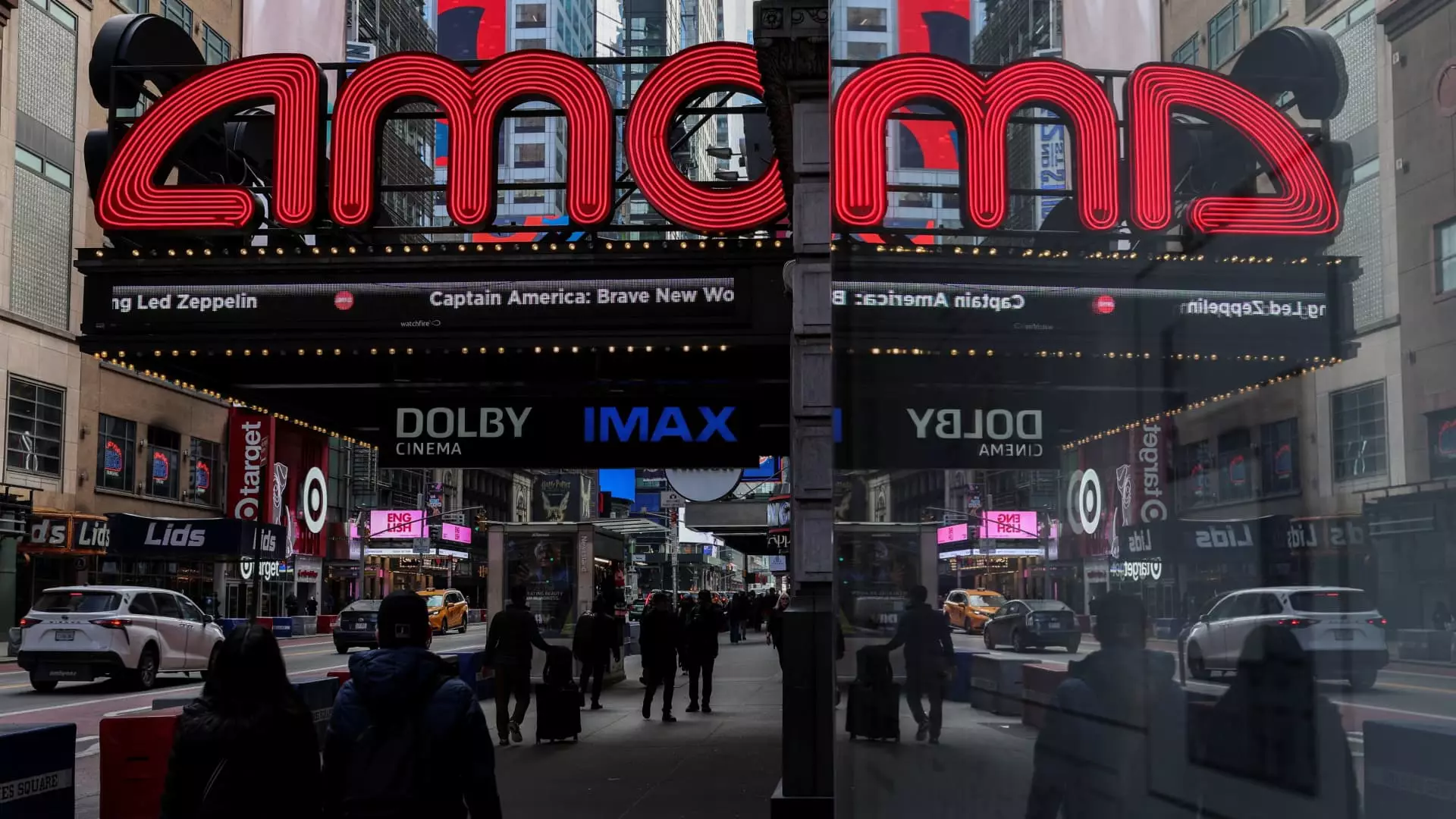As the summer blockbuster season unfolds, the film industry is witnessing a significant transformation that may redefine our moviegoing experience. AMC Entertainment’s recent decision to add 40 new Dolby Cinema screens across the United States reflects an evolving landscape in cinema that prioritizes immersive experiences over traditional viewings. This bold move is a remarkable 25% increase in its premium screen offerings, pushing the total to over 200 specialized formats. In an age where streaming options are just a click away, AMC’s commitment to enhancing the theatrical experience underscores a powerful trend: the desire for quality over quantity in entertainment.
However, raising the stakes with premium formats isn’t without its criticisms. The industry may find itself at a crossroads where exclusivity and price may alienate a standard demographic of moviegoers. While luxury spaces cater to elevated expectations, a significant portion of the audience could be left behind—sacrificing affordability for an enveloped cinematic experience. As the cost of premium tickets hovers around $17, which is an 8% increase from just two years prior, the question arises: is this accessibly premium experience pushing away the average viewer?
A Shift in Industry Dynamics
The recent partnerships AMC has forged with both CJ 4DPLEX and Dolby Labs are indicative of a broader shift within the film industry itself. These partnerships are not merely infrastructural; they encapsulate a change in cultural expectations surrounding cinema. Dolby’s assertion that “premium moviegoing is defining the modern box office” suggests that they see the avalanche of blockbuster films as inextricably linked to large-scale, sensory experiences.
However, the heavy focus on premium formats also raises alarms about inclusivity. Sure, audiences flock to see films like “Oppenheimer” and “Avatar: The Way of Water” when offered the full spectacle of Dolby or Screen X experiences. Still, these movies often overshadow smaller, independent films that require the same visibility within the box office. Crying for a change, the reality remains that the increasing dominance of large franchise films and their corresponding premium screenings could potentially suffocate diversity in cinema.
In essence, the expansion of auditoriums with high-end features may elevate income for the larger chains, but it simultaneously risks failing to cater to filmmakers and viewers who envision storytelling beyond explosions and high-budget effects.
The New Business Model: Sensory Experience vs. Accessibility
Yet, in pursuing this new cinematic wave, the question remains whether AMC and other chains like it can strike a balance between high-end attractions and accessibility. The growth of Premium Large Format (PLF) screens—which have seen a nearly 34% increase over the last five years—ceremoniously embraces action-packed features while leaving quiet dramas vulnerable in a competitive space.
Interestingly, these premium screens accounted for a surprising 9.1% of the domestic box office in 2024, translating to around $600 million in revenue. While some may herald this growth as proof that audiences appreciate quality, it simultaneously signifies a disheartening disparity. The exclusive atmosphere of premium formats often appeals to a wealthier audience, effectively segregating the moviegoers based on economic class.
Modern filmgoers crave an experience that immerses them in a visceral narrative arc. However, as audiences become conditioned to lavish film experiences, the risk burgeons that smaller, innovative films may pale in comparison—caught in the shadow of sequels and expansive franchises while the average viewer is bombarded with advertisements for the next blockbuster adventure.
The Future of Cinema: A Call for Balance
As we look forward to a barrage of franchise films in 2025 and 2026—from Jurassic Park to Marvel’s vast universe—the industry must ensure that this momentum is not at the expense of artistic diversity. After all, cinema was fundamentally developed to tell stories—ones that resonate with the human experience, devoid of excessive special effects.
AMC’s bold moves in expanding premium screens can indeed spell a new renaissance in cinematic experiences. Still, it’s imperative that film executives recognize the importance of offering diverse narratives that can be enjoyed by a broader audience. Embracing both high-flying blockbusters and intimate stories is essential in maintaining the richness of cinematic storytelling—truly the hallmark of art in any form. As audiences continue to evolve, the film industry must too, harnessing the power of both grandeur and substance in the theater experience.

